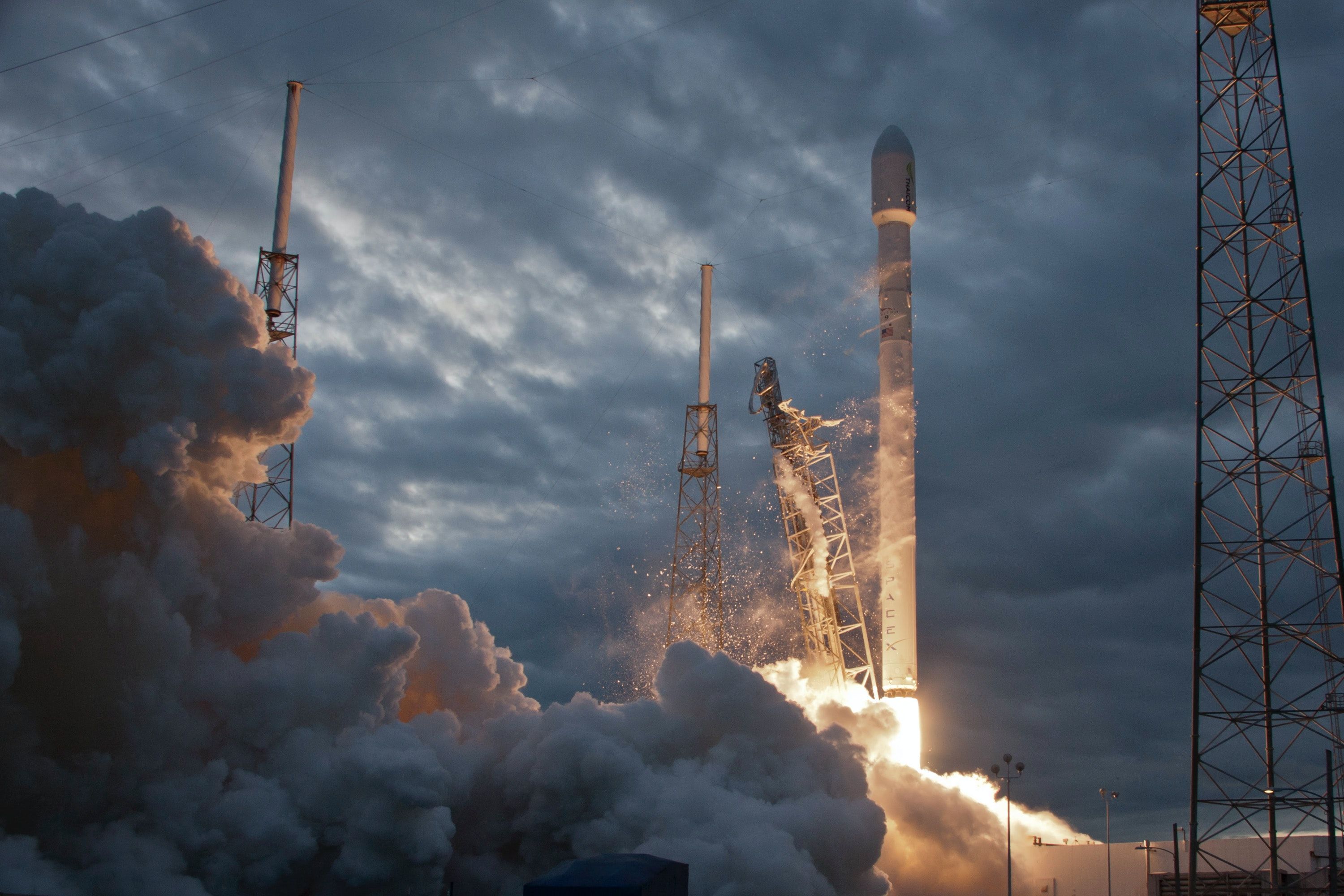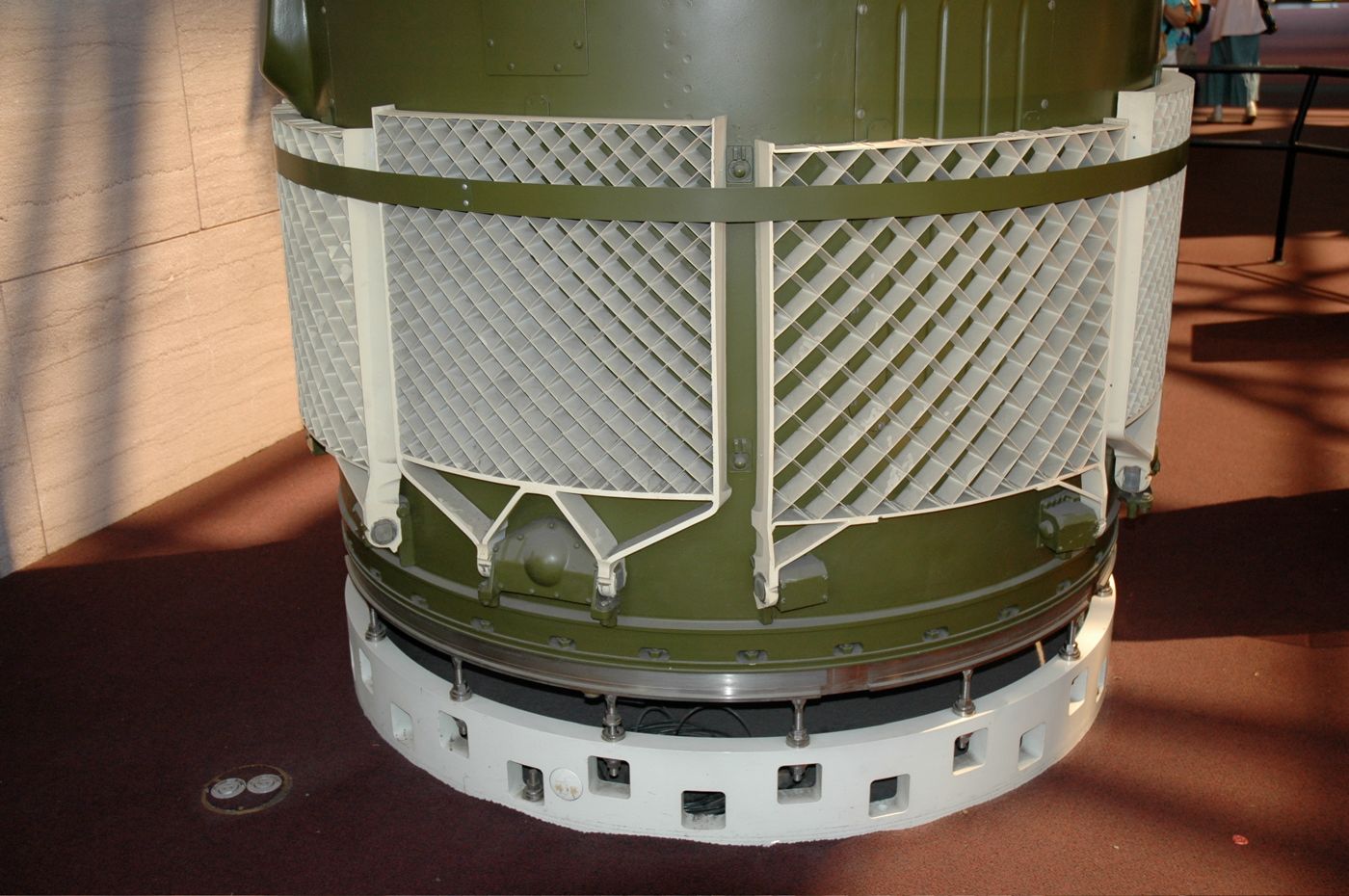The ocean is a rocket graveyard. Debris from thousands of burned-up rockets, satellites, and shuttles litter the ocean floor. Reusing rockets means less waste, less cost, and the ability to come back from a destination much easier.
Seeing spacecraft land and easily take off again is something we’ve seen a thousand times in movies. Now we see it in real life, too. SpaceX has now successfully launched and landed more than 50 rockets since they began trying in 2015.
So, how are rockets able to land back on Earth? This article will cover the incredible technology that’s behind reusable rockets.
The Challenges of Landing Rockets

There are several challenges with landing rockets, even when they’re only partially reusable.
- Fuel: To escape Earth’s atmosphere, a rocket is required to hit an incredible 17,500 miles per hour, otherwise known as the escape velocity. This requires a colossal amount of fuel. The fuel is usually incredibly expensive liquid oxygen. To land a rocket successfully, fuel is needed in reserve.
- Thermal protection: For true reusability, the entire rocket has to be fitted with thermal protection, something usually left only for the part that will be falling back to Earth. This prevents parts of the rocket from being damaged or destroyed on re-entry into Earth's atmosphere. This is also true for rockets aimed toward Mars.
- Landing gear: The rocket also requires landing gear. This must be made as lightweight as possible while still maintaining the strength required to support the massive rocket (the Falcon 9, one of SpaceX's rockets, weighs 550 tons).
- Weight: The heavier a spacecraft is, the more fuel is needed, and the harder re-entry will be. Empty fuel tanks add drag and weight to the rocket, which is why fuel tanks are usually dropped and allowed to burn up in the atmosphere. Further, thermal protection and the landing gear will both add significant weight.
As we've mentioned, SpaceX has managed this incredible feat many times now. So what's the amazing technology behind reusable rockets?
3D Printing
-1.jpg)
3D printing is revolutionizing industries across the globe, not least the technology behind rockets. In fact, some rockets are now almost entirely 3D printed.
One advantage of 3D printing is that engineers can produce fewer parts overall. Printed parts can be much more complex and don’t need expensive and unique manufacturing tools for each part. This brings down the cost of building rockets and increases the efficiency of the manufacturing process.
3D printing fuel tanks means that you don’t need seams in the metal—a typical weak point that can cause issues in rockets. Another major advantage of 3D printing is the ability to produce optical parts from lightweight materials, reducing the overall weight of the rockets.
Retropropulsion and Guidance
For a rocket to land, the retrograde thrust needs to be greater than the rocket's weight. It also needs to be vectored, which means that the thrust is directional and can be used to stabilize the rocket's descent.
For retropropulsion to stabilize the rocket, it needs to have highly accurate information about the position, altitude, and angle of the rocket. This requires high-tech systems that provide accurate, real-time measurements with direct feedback to the thrusters. These are called reaction control systems (RCS).
Reaction Control Systems
An RCS provides small amounts of thrust in several directions to control the altitude and rotation of the rocket. Consider the fact that rotation can include roll, pitch, and yaw, and that the RCS will have to prevent all of these simultaneously while also controlling the descent of the rocket.
The RCS utilizes several thrusters positioned in an optimal configuration around the rocket. The main challenge with thrusters is ensuring that fuel is conserved.
One example is SpaceX’s Merlin rocket system. This is a suite of 10 separate engines controlled by a triple-redundant control system. Each of the 10 engines has a processing unit, and each processing unit utilizes three computers that constantly monitor each other to reduce the chance of errors drastically.
The Merlin engine uses RP-1 (highly refined kerosene) and liquid oxygen as propellants. The most recent version of the engine can throttle (controlling how much power it uses) down to 39% of its maximum thrust, which is essential for high-level control when landing the rocket.
Grid Fins

Grid fins are used to guide reusable rockets such as the Falcon 9 to their landing position. Invented in the 50s, grid fins have been used in several missiles.
Grid fins have the appearance of potato mashers that poke out at a perpendicular angle from the rocket. They are used because they allow a high level of control over rocket flight at hypersonic and supersonic speeds. In contrast, traditional wings cause shock waves and increase the drag at these much higher speeds.
Because grid fins allow the airflow through the fin itself, it has far less drag, while the rocket can be rotated or stabilized by rotating or pitching the fin just like a wing, but more efficiently.
Another reason grid fines are used is that, with reusable rockets, they are technically flying backwards when they land. This means that the front and back ends of the rocket need to be quite similar so that they can be controlled in either direction.
Landing Gear
Obviously, a reusable rocket is going to need some kind of landing gear. These need to be lightweight enough to not drastically increase the amount of fuel required for flight and re-entry but also strong enough to hold the rocket's weight.
Currently, SpaceX rockets use 4 landing legs that are folded against the rocket's body during flight. These then fold out using gravity prior to landing.
But, Elon Musk stated in January 2021 that for SpaceX’s largest rocket ever, the Super Heavy booster, they would aim to “catch” the rocket using the launch tower arm. This will reduce the weight of the rocket because it will no longer need landing legs.
Landing in the launch tower also means that the rocket will not need to be transported for reuse. Instead, it will just need to be refitted and fuelled where it is.
That’s Not Everything
Rockets have been taking off and flying into space for decades, but having them return safely to Earth for reuse has required many technological breakthroughs.
We couldn’t cover all of the amazing technology used in rockets that can land back on Earth, but we hope you learned something new in this article! Spaceflight technology is expanding rapidly, and it’s exciting to consider what might be possible in a few short years.
0 Comments